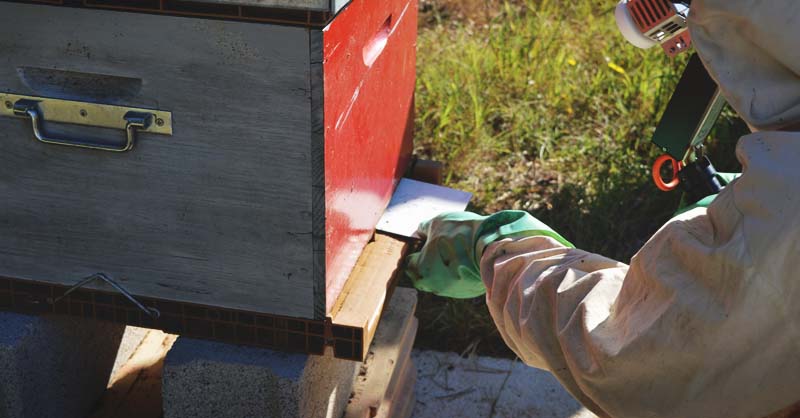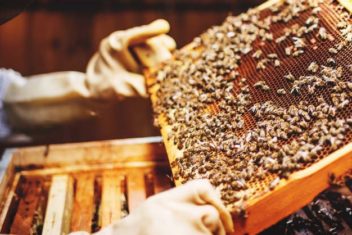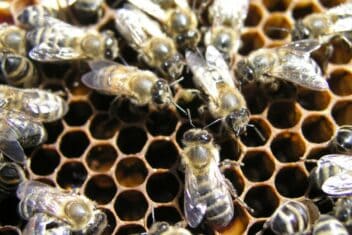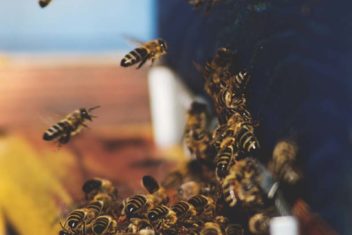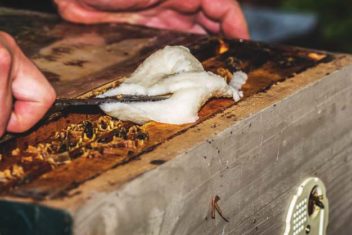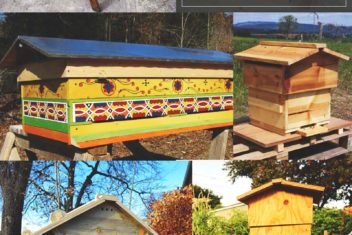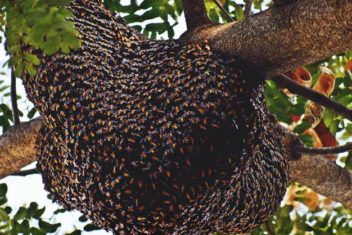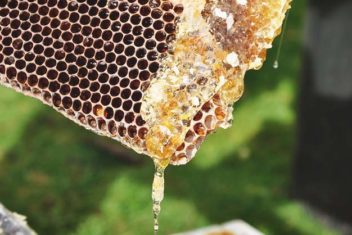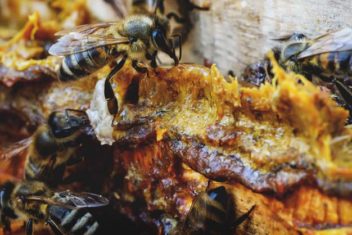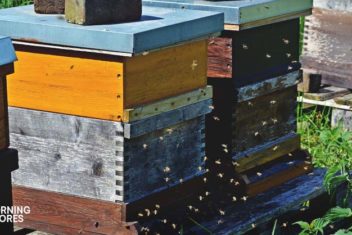When you are new beekeeper, your goal is to make sure everything runs smoothly for your new colony. You’ve taken the time to set your hive up for success, and you have been successfully managing your hive.
As with all types of animal husbandry, there are diseases, parasites, and viruses that can be devasting to a normally healthy operation. This is no different for bees.
The Varroa Mite, or the Varroa Destructor mite – as if that isn’t a threatening enough nickname – is a nasty parasite that preys on bees, slowly kills them and spreads viruses between hives.

What Are Varroa Mites
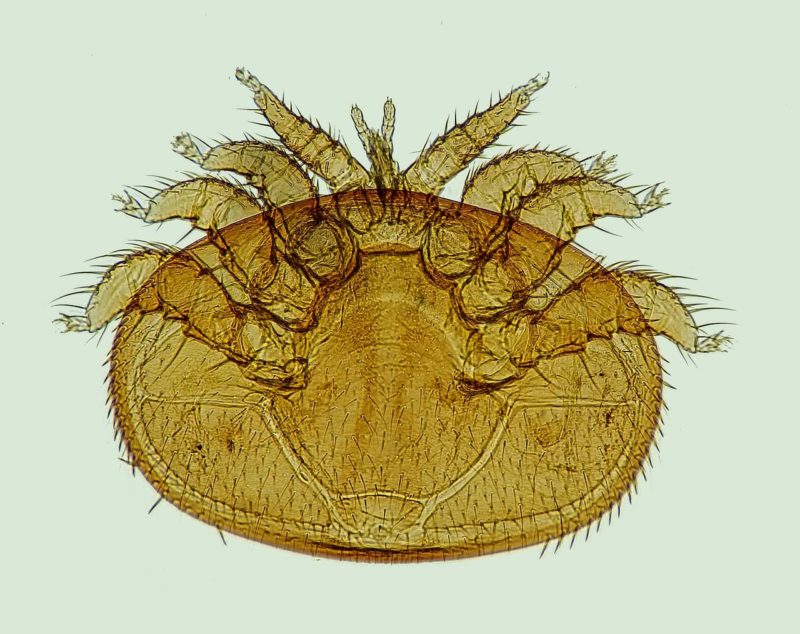
Varroa mites are a pest that sends fear down beekeepers’ spines. These little insects are one of the biggest threats to the honeybee population. If they are not detected early, they can destroy an entire hive, not to mention spread to other colonies.
The mite tends to hitch rides on worker bees who are foraging outside of the hive. Once they arrive in the hive, on the back of their unsuspecting pilot bee, they search for a cell that has not been capped and hunker down.
After the queen lays her egg in a cell, unsuspecting nurse bees cap the cell. The Varroa mite feeds off the developing pupae, causing deformities or death of the young bee.
Mites also attach themselves to the underside of adult bees, by wedging themselves between body segments. They then proceed to get fat off the bee’s blood, and in turn, the bee becomes weak and dies. In turn, the hive produces less honey, and the colony dies young.
Signs of a Varroa Mite Infestation
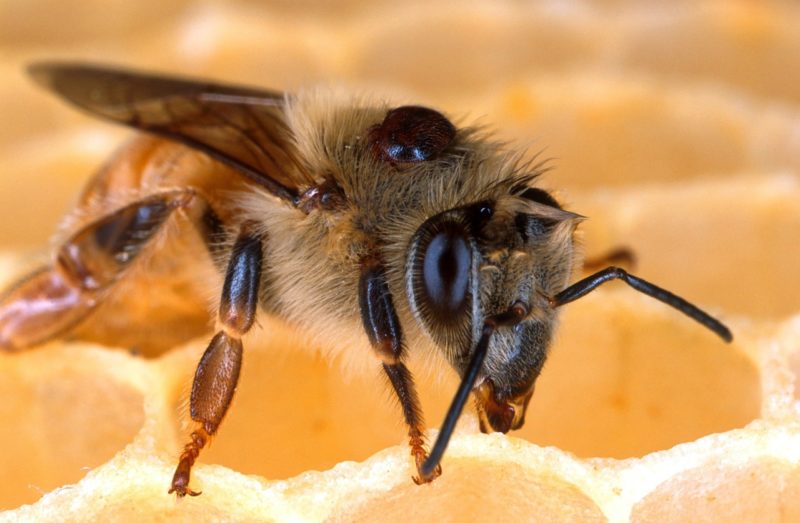
The Varroa mite is an extremely small mite, however, it is visible to the naked eye. If you know what you are looking for, you can easily determine if your hive has been infiltrated.
- Check developing pupae for small brownish-red spots, they will be tiny, but you can see the mites on the white pupae much easier than on an adult bee.
- Watch for increased mortality, even throughout winter. You can expect some of your hive to die throughout the year; however, if there are more dead bees than usual, you may have an infestation.
- Look to see if some of your younger bees are deformed. If they are missing legs or having trouble flying, it may be an indication that a Varroa Mite shared a cell with it as a pupa.
The mites can be visible on an adult bee’s body, however, it is a bit more difficult to see them because they tend to blend in with the bee’s dark exterior. Look for brownish-red, flat, rounded, spots with legs. These little pests will be around 1 mm, so you might want to invest in a magnifying glass.
Additionally, you may be able to see their tiny legs if you look closely, or with a magnifying glass. They will have eight legs, but it will be hard to find these with the naked eye.
What is Oxalic Acid?
While the name, Oxalic Acid, sounds chemical, it is found in plants and considered to be an organic compound. If you’ve ever tasted a fresh rhubarb stem, felt your lips pucker and glands go crazy…that’s oxalic acid at work.
Oxalic acid is a defense mechanism for plants. It is extremely acidic and deters insects and animals from consuming it due to its sour taste. Beekeepers in Europe and Canada have been using it, but it only recently became approved for use in the USA.
Oxalic acid is used frequently amongst beekeepers as a Varroa Mite treatment when an infestation has been detected. The acid kills mites when vaporized in small amounts within a hive while bees remain unharmed.
Even though oxalic acid is an organic compound, it is a relatively strong acid. The perfect amount of strength will kill the Varroa mite, but will still be weak enough that the bees can cope with it and survive.
The Varroa Mite Treatment Process
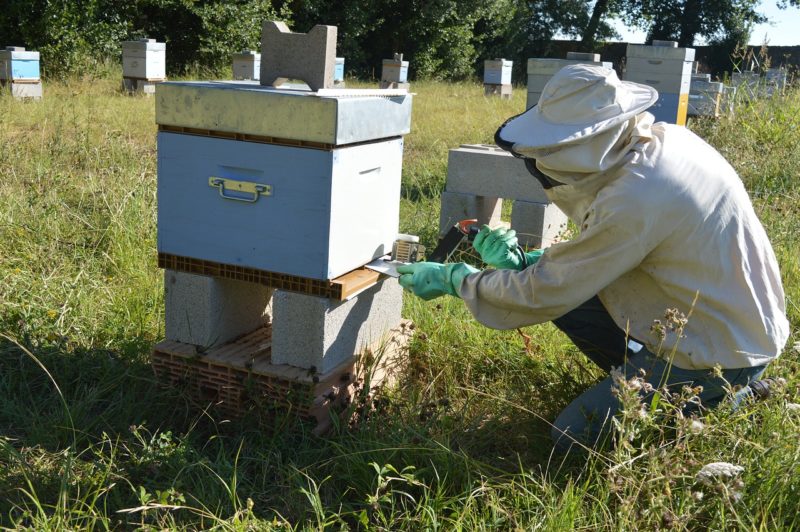
Oxalic acid can be purchased online through beekeeping websites or Amazon. It is relatively easy to find in stores as well, but make sure to buy plain oxalic acid, nothing with added chemicals.
A lot of household cleaners have oxalic acid as a component. However, these products should not be used with your hive because they contain other harmful ingredients.
You will also need an oxalic acid vaporizer, which connects to a power source and turns the powdered acid into vapor.
A word of caution: Oxalic Acid is a toxic substance and protective gear must be worn when handling and treating your hive. A respirator mask, gloves, and glasses are necessary to protect yourself from the toxic vapors. Be sure to read all manufacturer’s instructions before beginning treatment.
When To Treat Your Hive
The time of year and state of the hive are essential aspects to consider while deciding when to treat your hive. If your hive is brooding and has capped cells, the acid will not reach the mites that hide out amongst the pupae. Therefore, the hive must be treated during broodless months, or winter.
Try to catch your hive during a time of day when the bees are all settled in, and not out foraging.
How to Treat Your Hive With Oxalic Acid
In the case of oxalic acid vs. mites, a little goes a long way. While oxalic acid does not harm bees, excessive amounts may kill them. Always read the label on your oxalic acid for recommended dosing instructions.
- Calm your hive by using your smoker before opening it.
- If you haven’t already, don your protective gear, along with a respirator, safety glasses, and gloves.
- The smoker should have prompted your bees to move farther down in the hive. If they are still hanging out in the hive super, try to move them down to the body of the hive. Remove supers.
- Use ¼ tsp of powdered oxalic acid per hive treatment or the amount the manufacturer recommends. Place the acid on your vaporizer, and test to see how long it takes for the acid to vaporize completely. Now you know how long to keep the vaporizer in your hive.
- Place the vaporizer and acid in the bottom of the hive body and allow it to vaporize for the predetermined time.
- Repeat the entire process at least two more times, each a week apart. This will catch the brood cycle if there are any capped cells with pupae and mites developing together.
Once you have completed your Varroa Mite treatment cycle, clean the bottom of your hive of dead mites.
Your bees will be unharmed and feeling much perkier after you have helped rid them of these dangerous mites. You should always recheck your hive during routine management checks throughout the year. Your bees will thank you for it!

